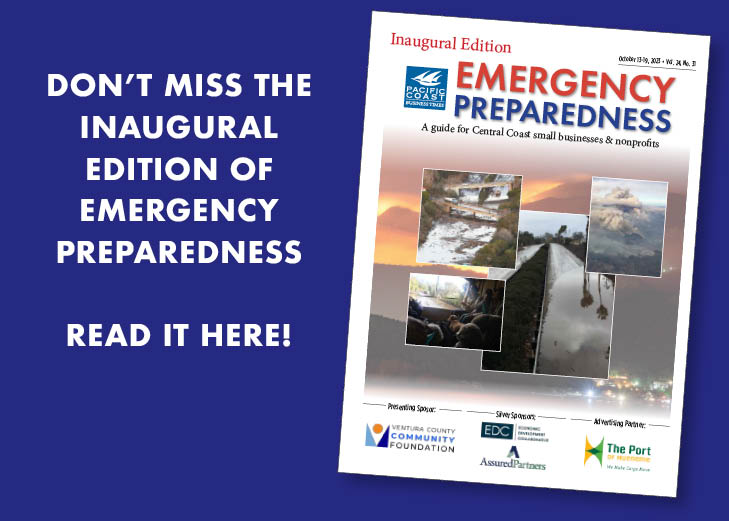Dubroff: Museum of Ventura County deserves to be preserved

Henry Dubroff
Just a year ago, the city of Ventura was celebrating its 150th anniversary with a lot of fanfare and one heck of a party.
Now, with one of its iconic cultural institutions in need of help, city officials and Ventura County’s board of supervisors will have to weigh the long-term benefits of putting the Museum of Ventura County on firmer financial footing.
The main museum campus in downtown Ventura and an agricultural museum in Santa Paula are the storehouses for more than 150 years of history. There is nothing like it anywhere on the Central Coast, a comprehensive but also accessible collection of artifacts, photography and personal memorabilia that tell the stories of the region in familiar terms.
The museum’s archives tell the story of the tragic floods of 1928 after the collapse of the St. Francis Dam upstream, of the rise and fall of Ventura County’s great lima bean empires, of the founding of Union Oil and Bank of A. Levy, and of the humble roots of E.J. Harrison & Sons, now one of California’s leading recycling companies.
Like many nonprofits in our region, the Museum of Ventura County has been patching things together for years while trying to find more permanent sources of funding in an increasingly difficult environment for philanthropy. The Chumash Band of Santa Ynez Indians has stepped up with some funding.
Elena Brokaw, who was appointed interim director, is leading the charge. Brokaw, Ventura Chamber of Commerce Chair Nan Drake and a small group have been meeting with city of Ventura and Ventura County officials to explore the possibility of public funding. That sounds like an important step forward, but it’s only one step.
Some additional thoughts:
• The Ventura County Museum of Art is simply too important to fail. There’s no other place for the collected archives of prominent Ventura County families and some of the unique cultural artifacts that residents have collected over the years. The collection of farm equipment at the Santa Paula agricultural museum is, in a word, priceless.
• The museum badly needs better connections with California Lutheran University and CSU Channel Islands to get help with archiving donated material and to provide additional venues for art and photography that’s being displayed on the university campuses.
• Capacity building is essential. The museum’s leadership will have to rethink how governance works, broaden the base of financial support on its board of directors and think about how it can engage established and emerging tech companies like The Trade Desk, Semtech and Amgen in its future.
The bottom line is that Ventura County has entered a phase where strengthening its nonprofit institutions will be key. Thousand Oaks recently merged two arts organizations in an effort to strengthen its nonprofit sector; perhaps more mergers will be necessary in order to prevent more setbacks like the closing of the Gull Wings Children’s Museum in Oxnard last year.
As we were celebrating 150 years of the City of San Buenaventura last year, the Ventura County Community Foundation was going through a deep restructuring. That restructuring is largely in the rearview mirror, the foundation has a solid base of support and it is beginning to recruit new talent and gain new respect as a central place for donors to place their funds for designated giving.
The Museum of Ventura County is headed for a restructuring but we’re convinced it will emerge as a stronger institution, one that is better integrated with a resurgent city of Ventura, with Ventura County and its educational institutions and with the region’s growing tourism industry.
The region has shown that well-run and well-marketed museums can attract an international audience — the Hearst Castle and Ronald Reagan Presidential Library host about 800,000 and 400,000 visitors each year, respectively.
As Ventura County, founded in 1873, gets ready for its 150th anniversary six years from now, it would be worthwhile to put the Museum of Ventura County on firm fiscal footing.
• Reach Editor Henry Dubroff at hdubroff@pacbiztimes.com.













